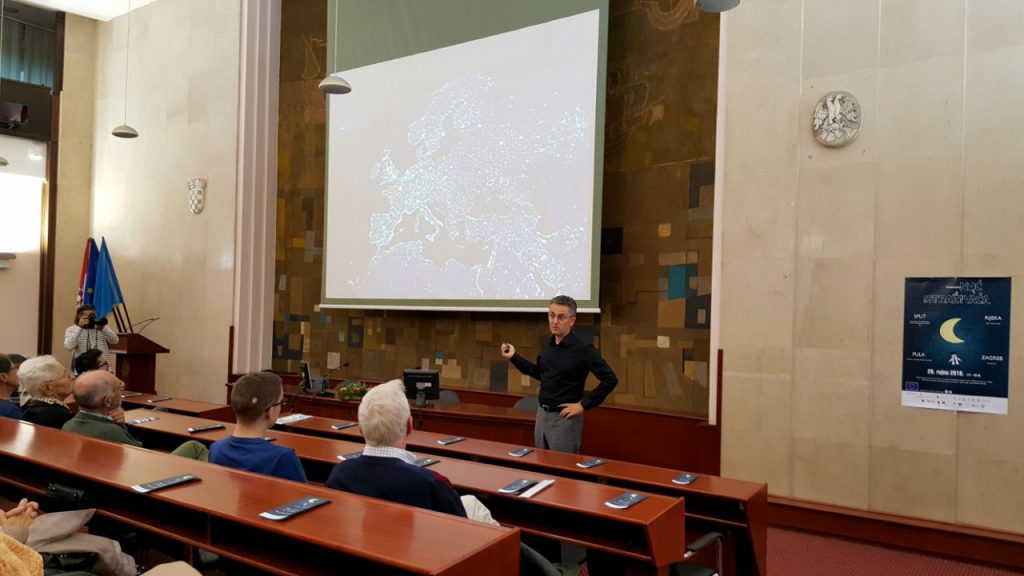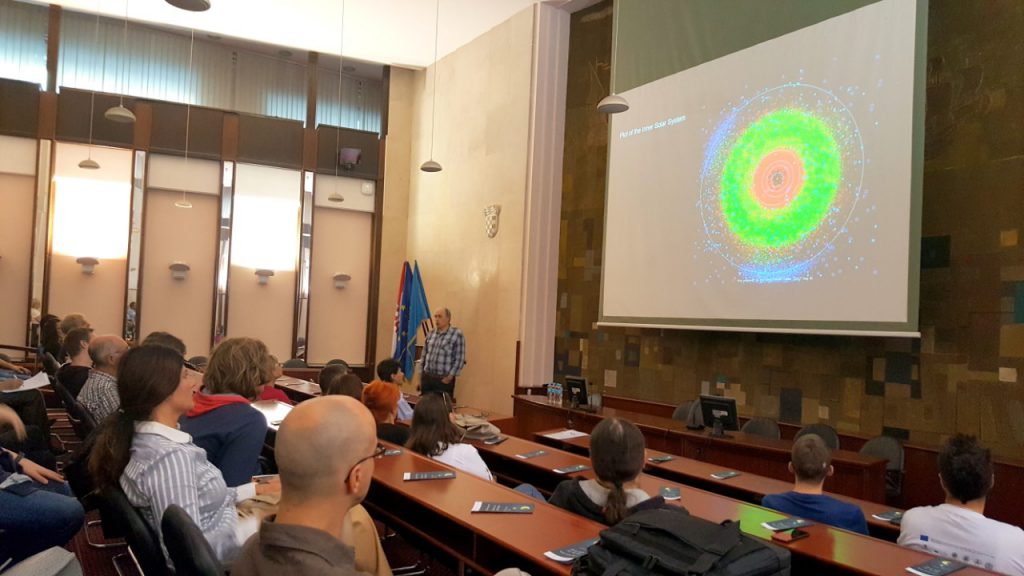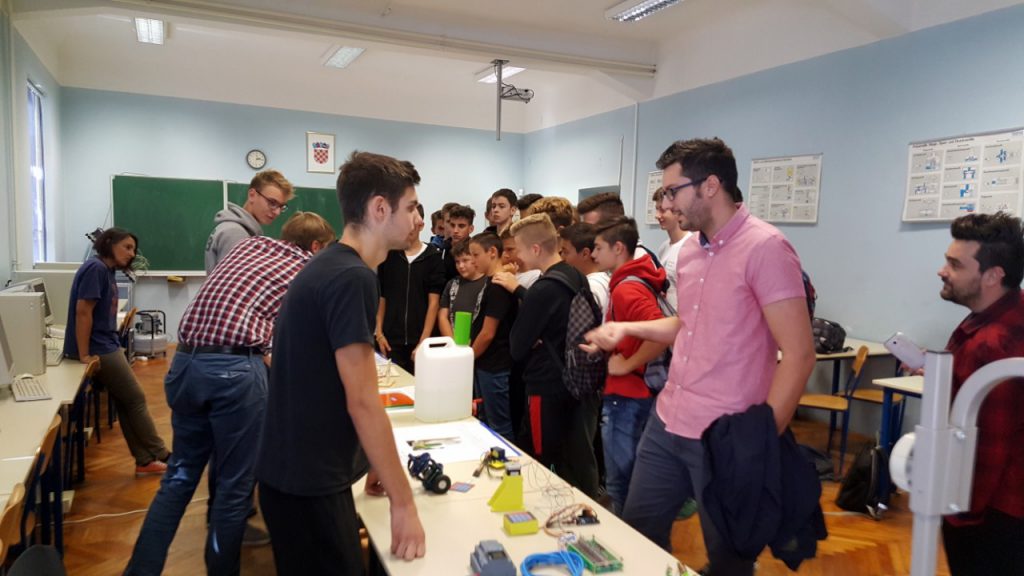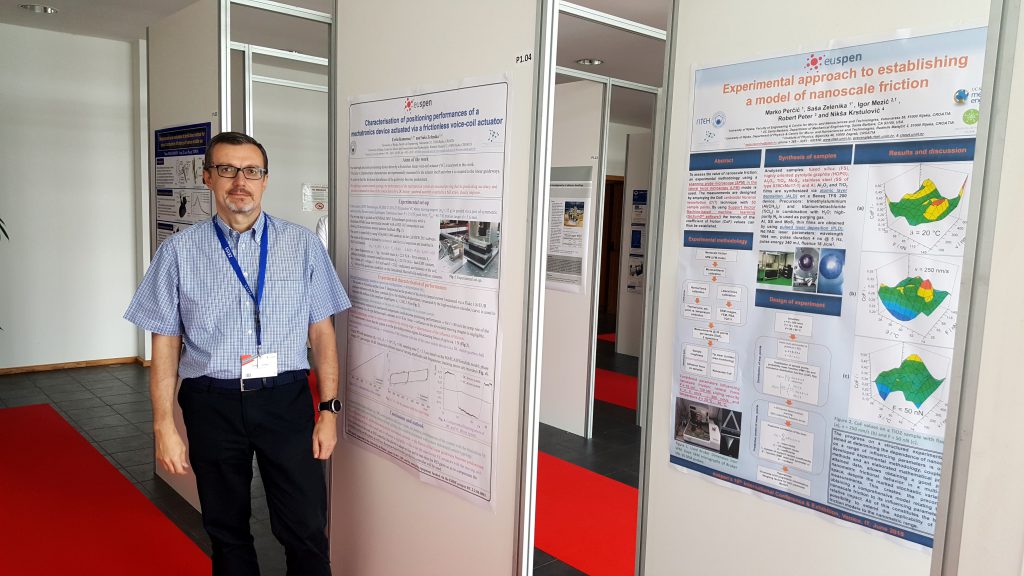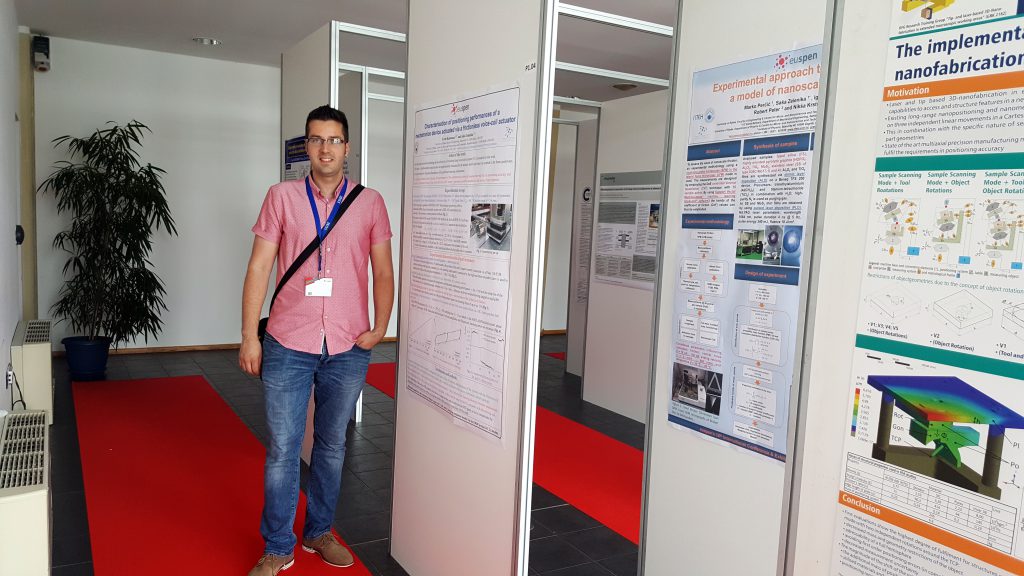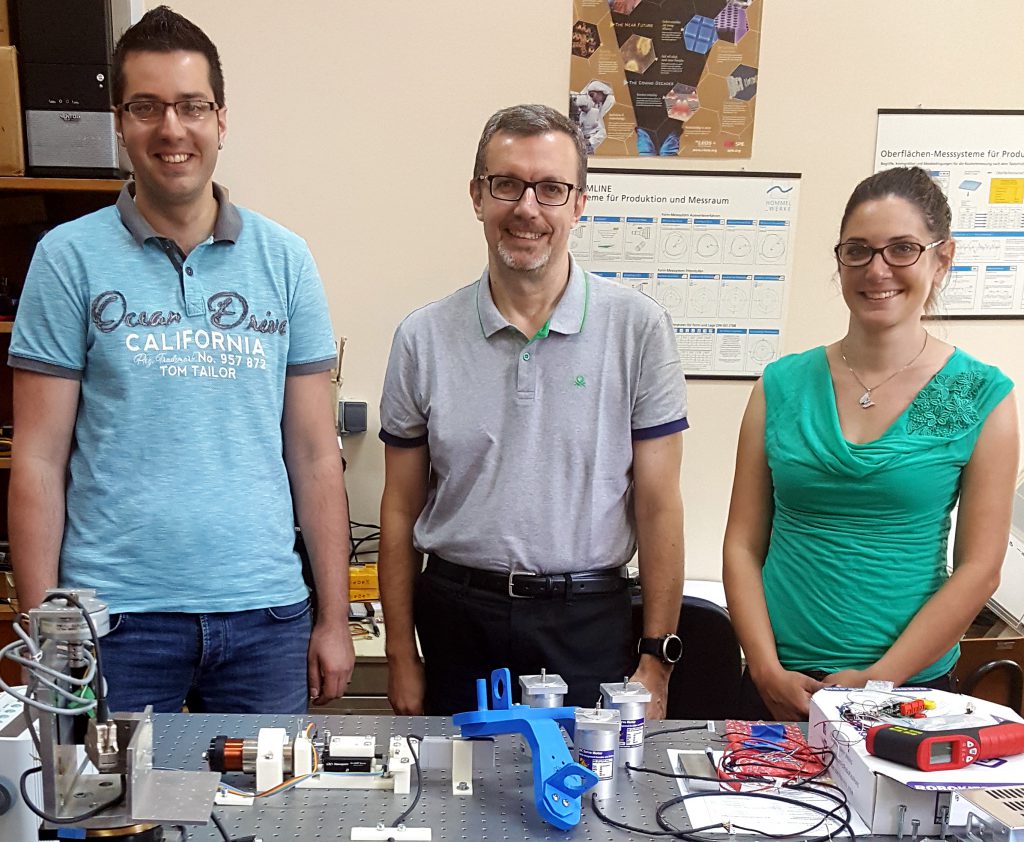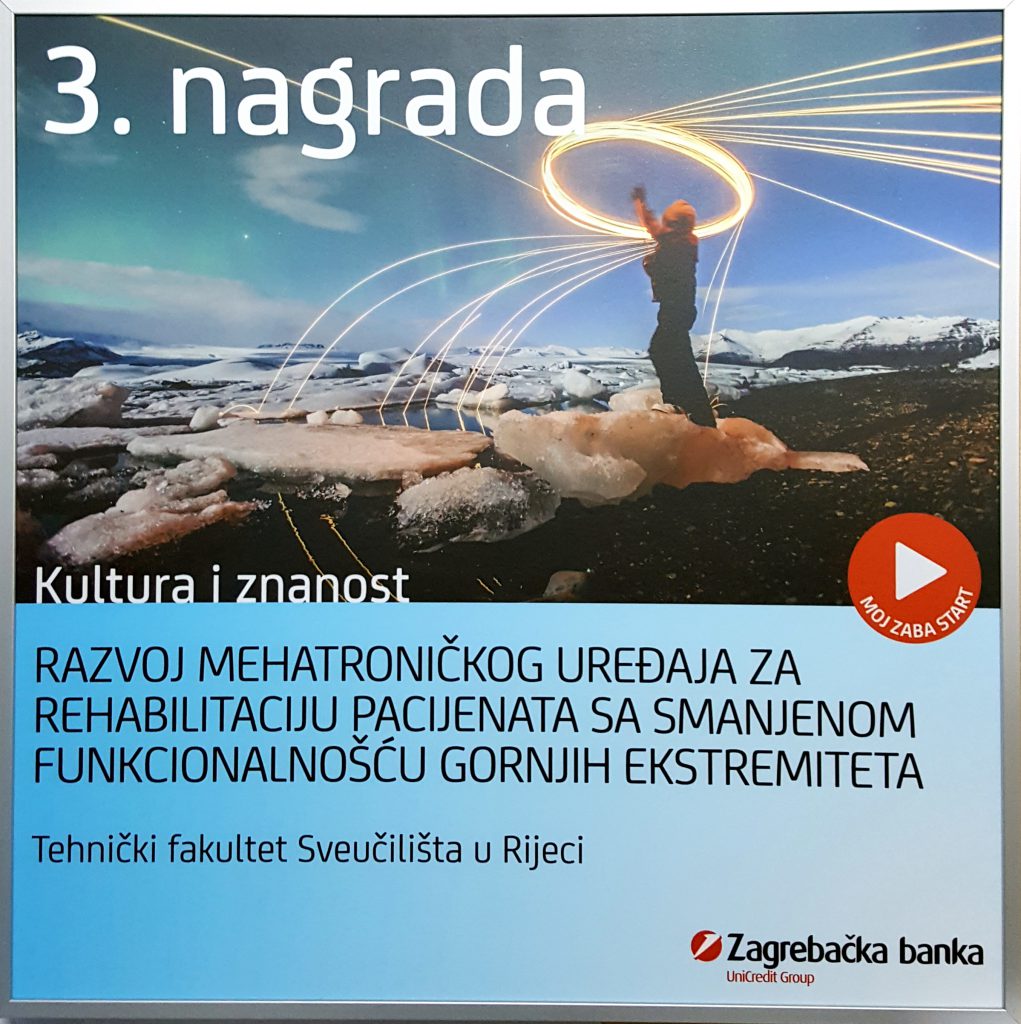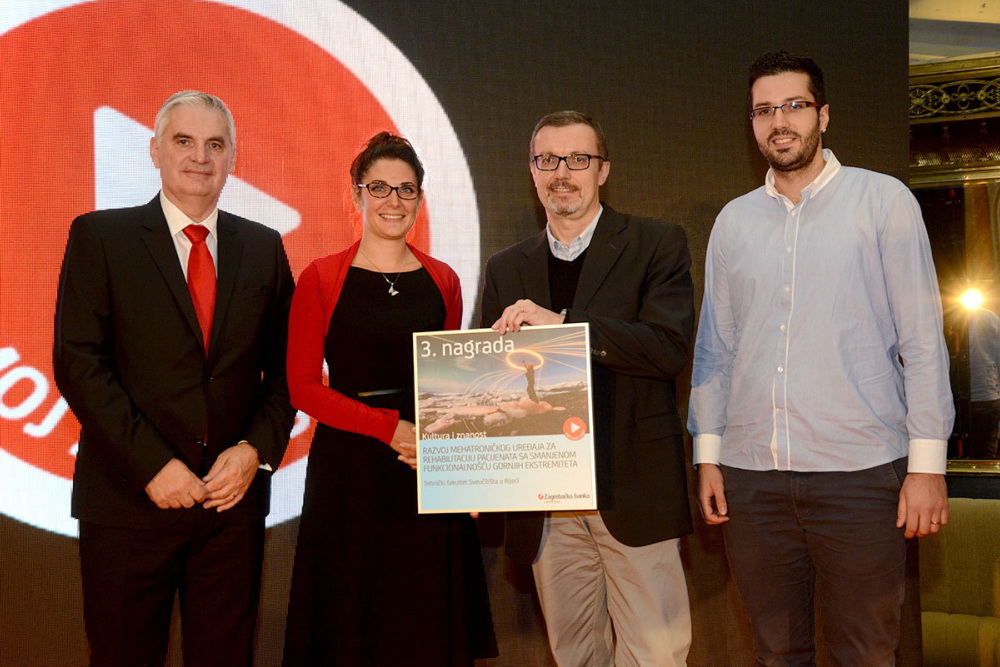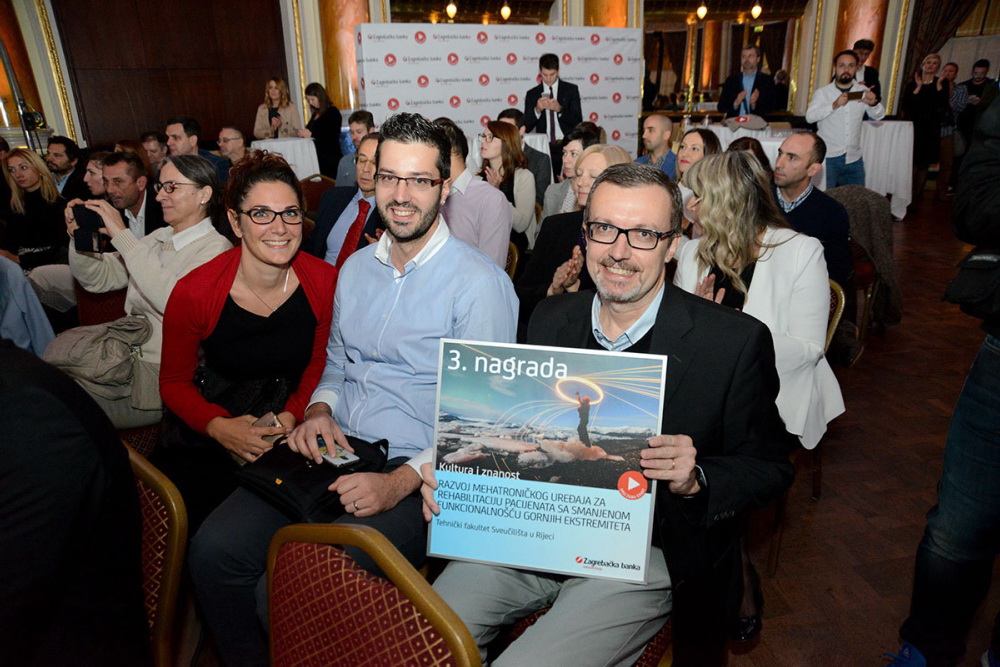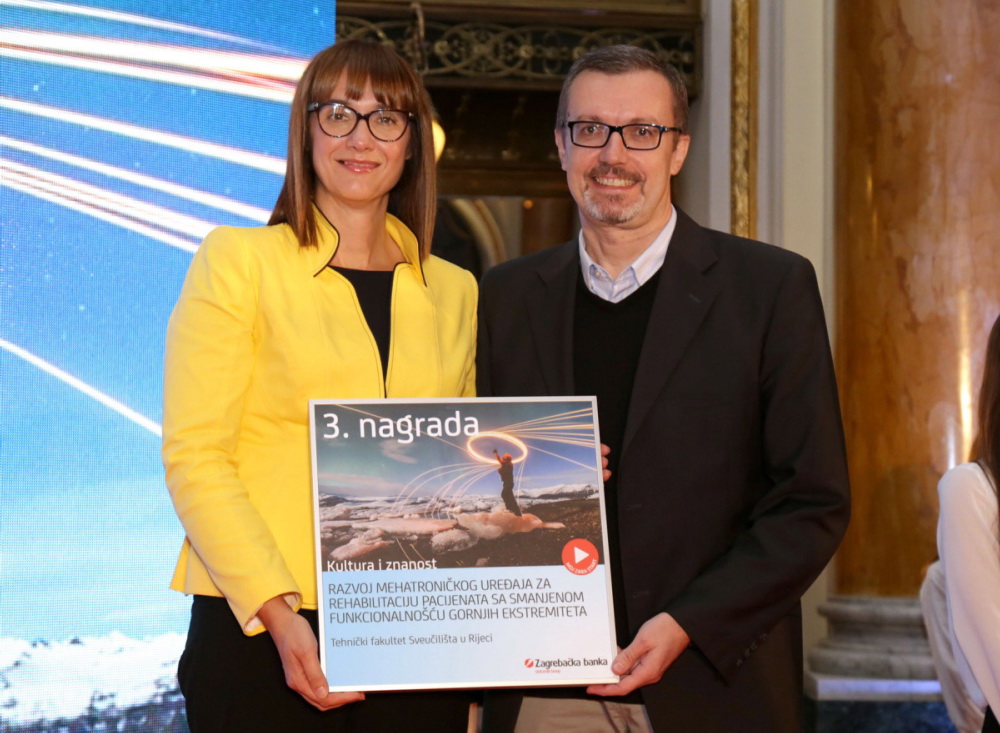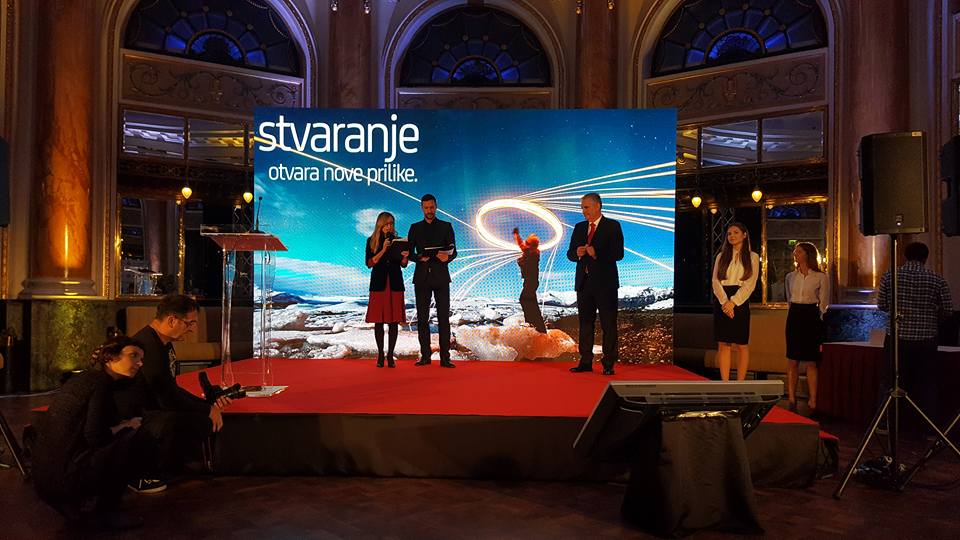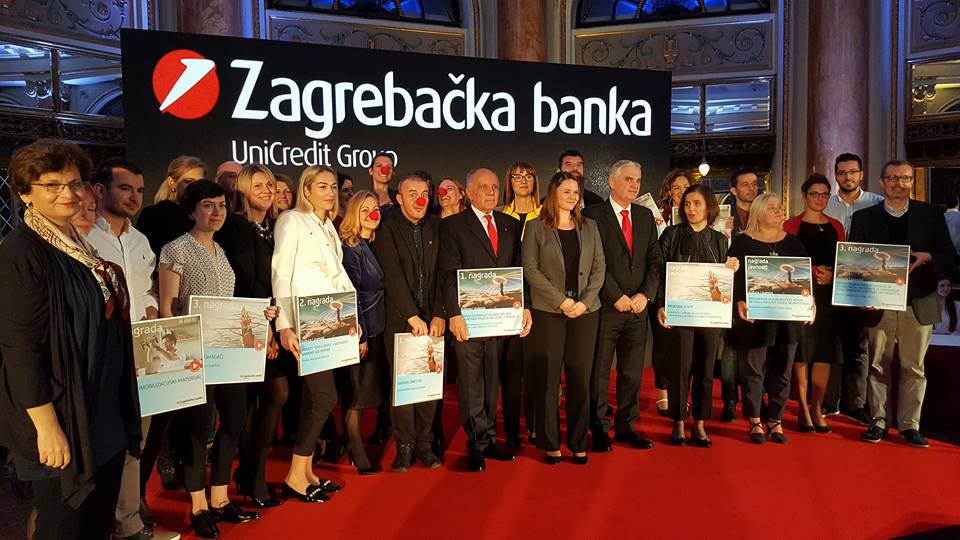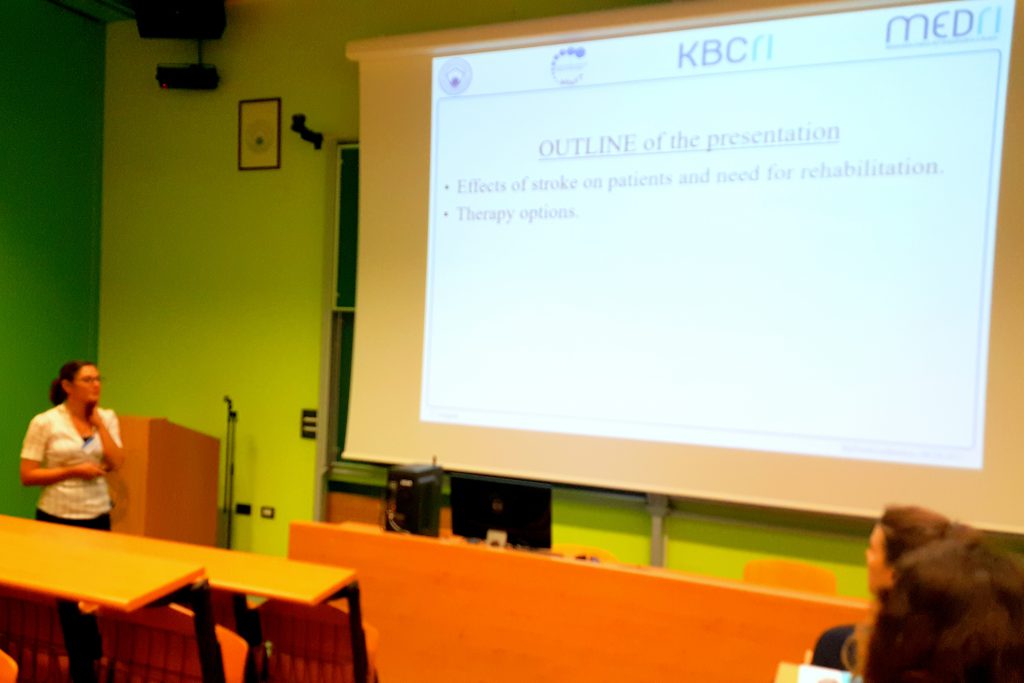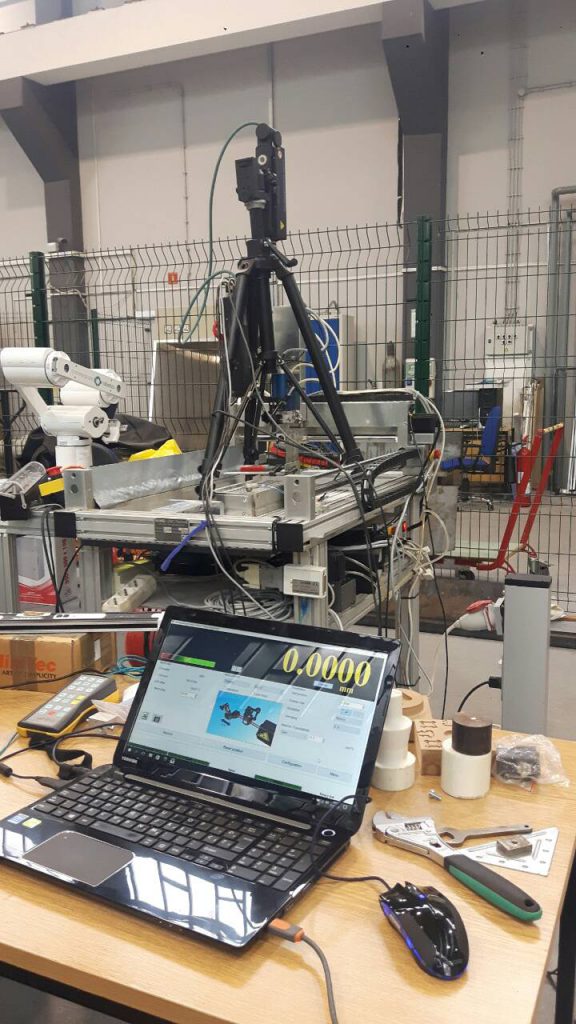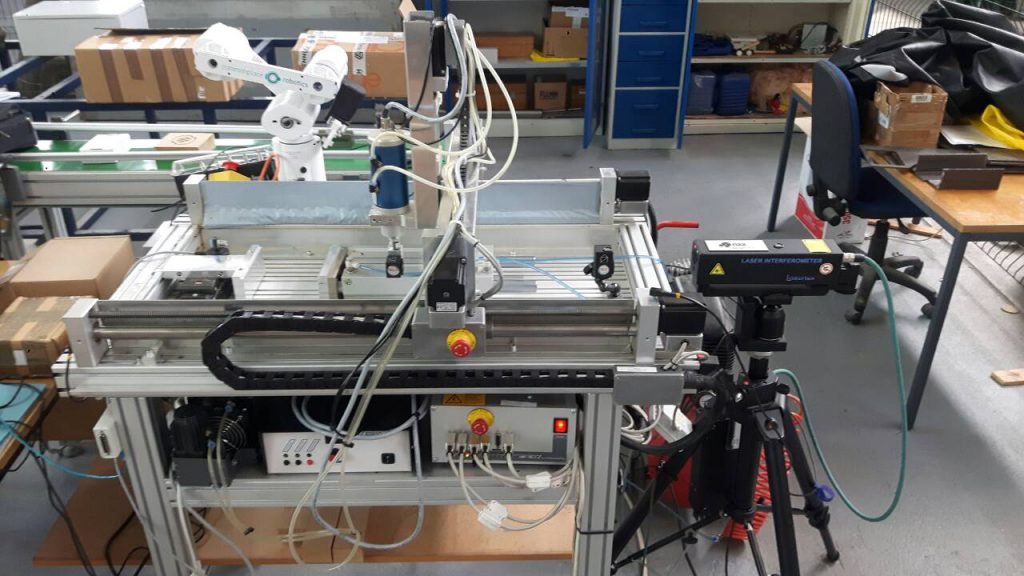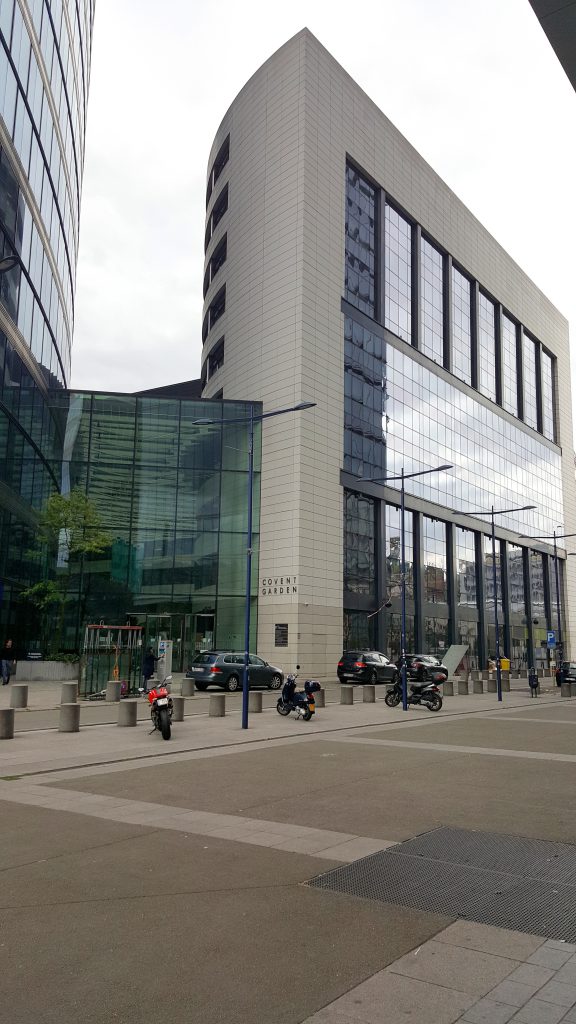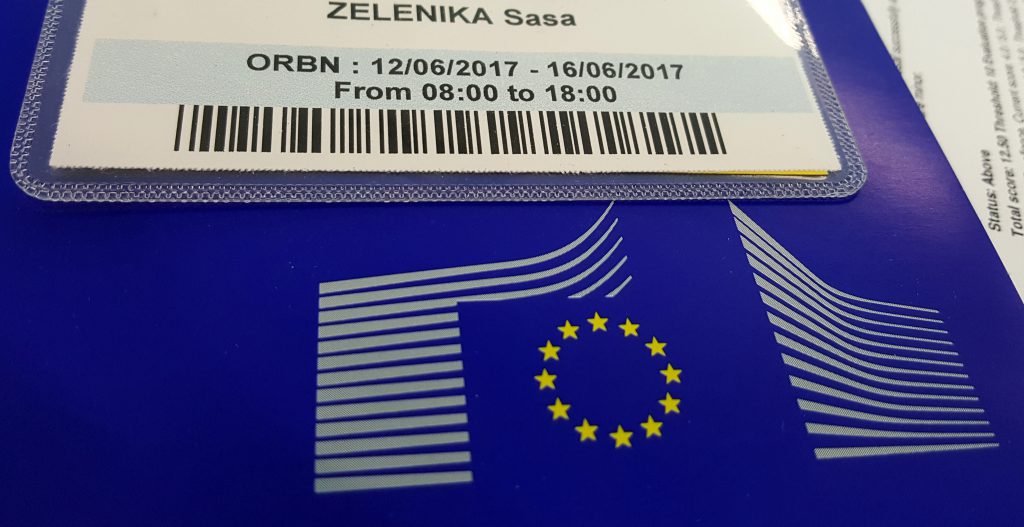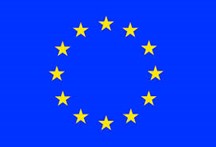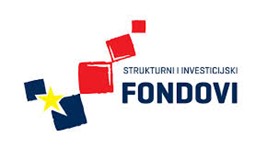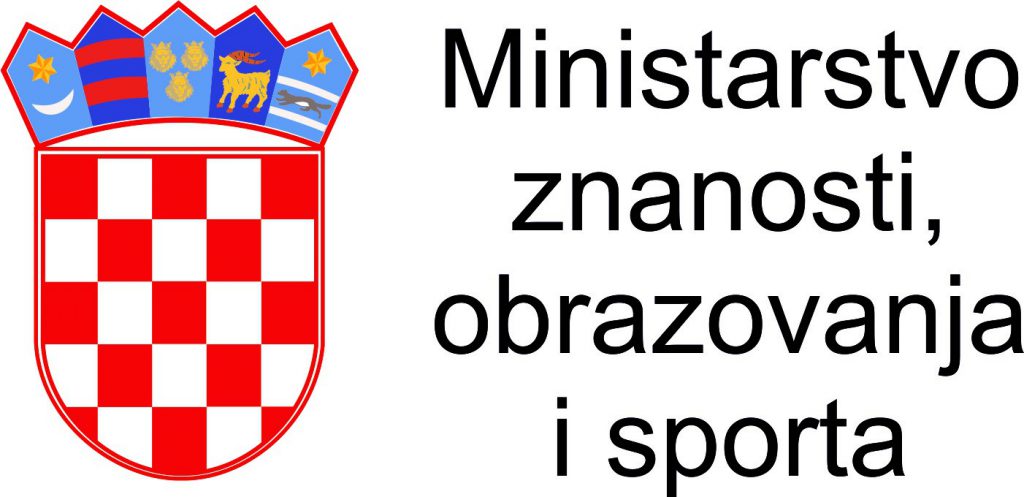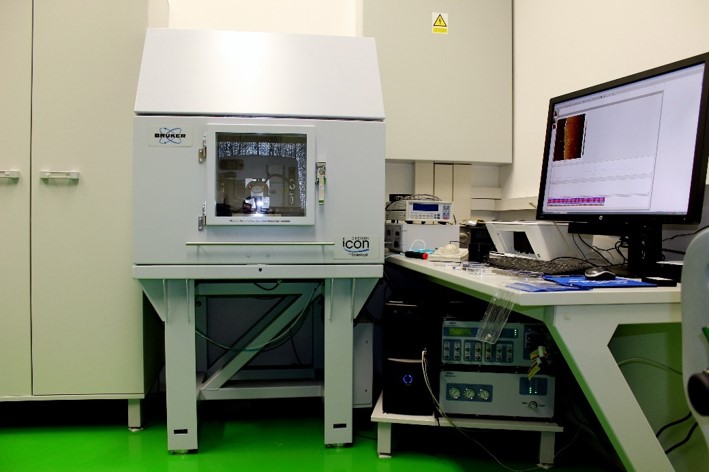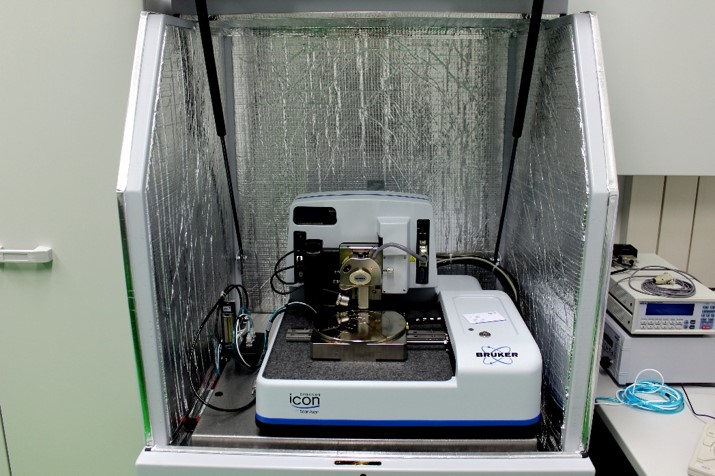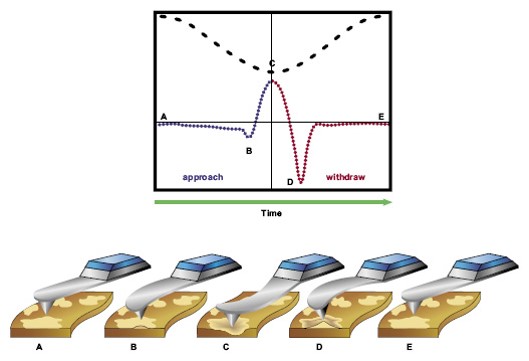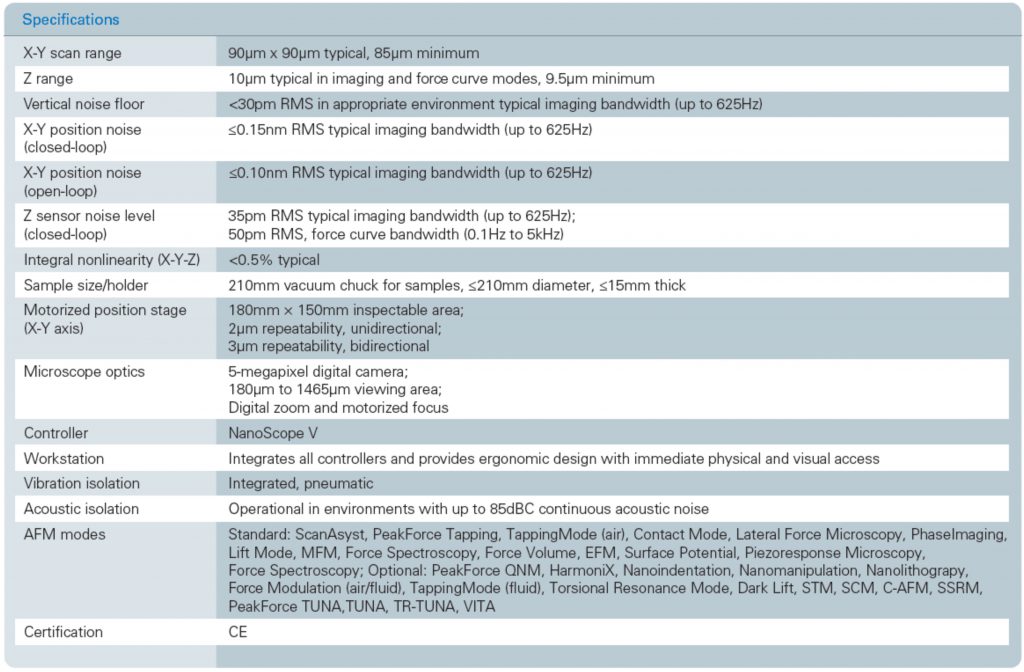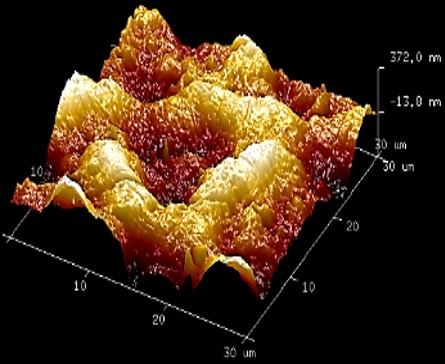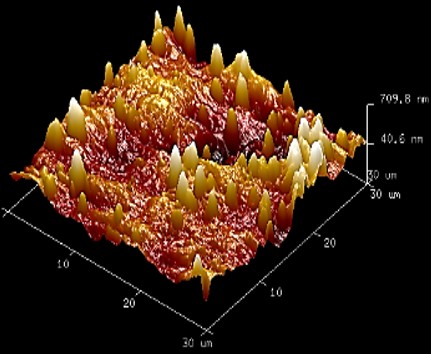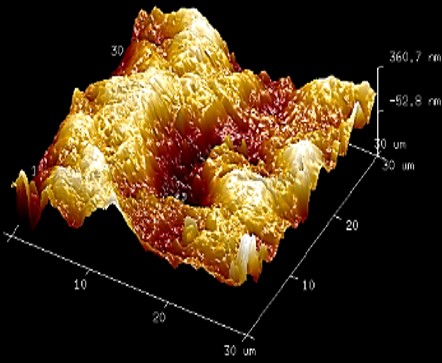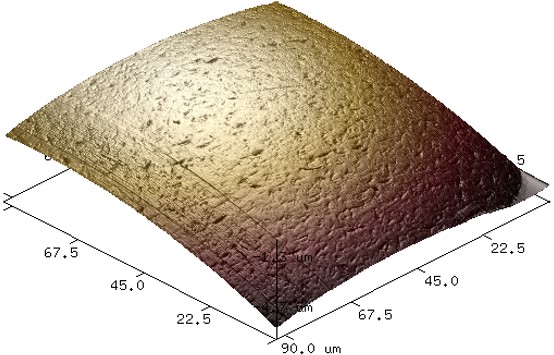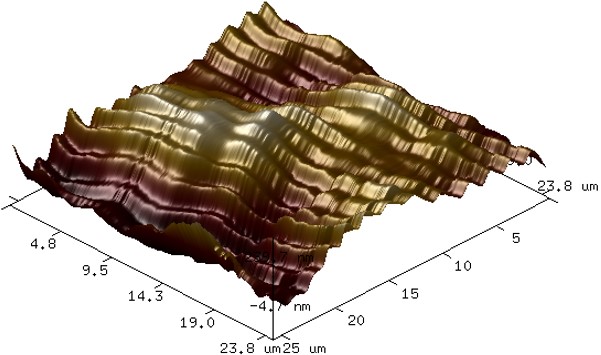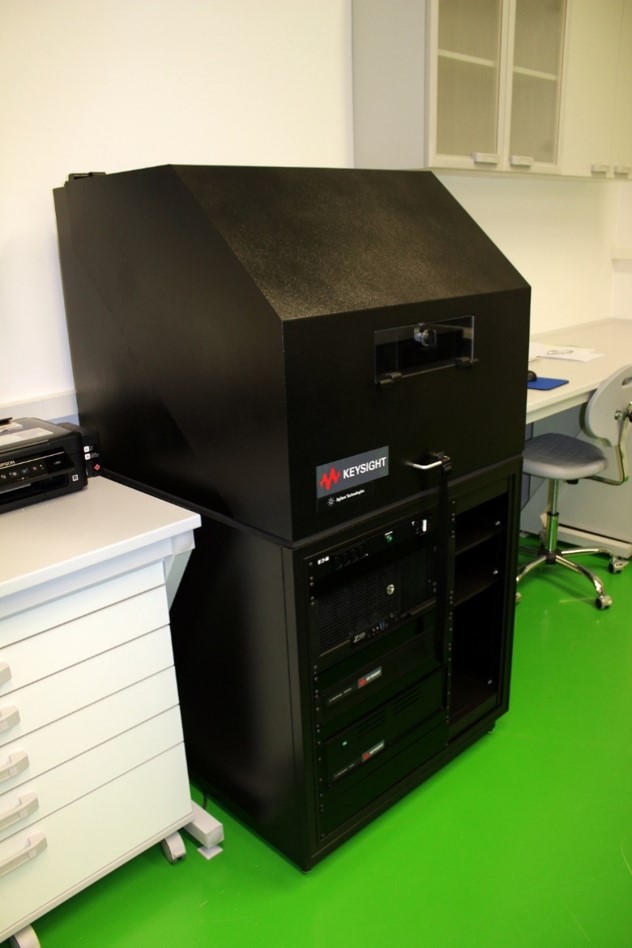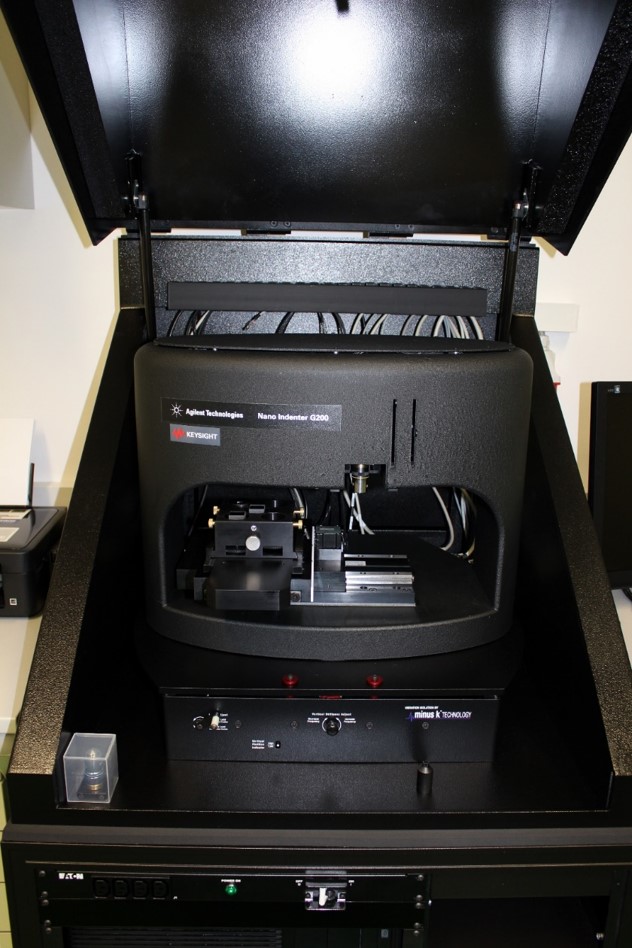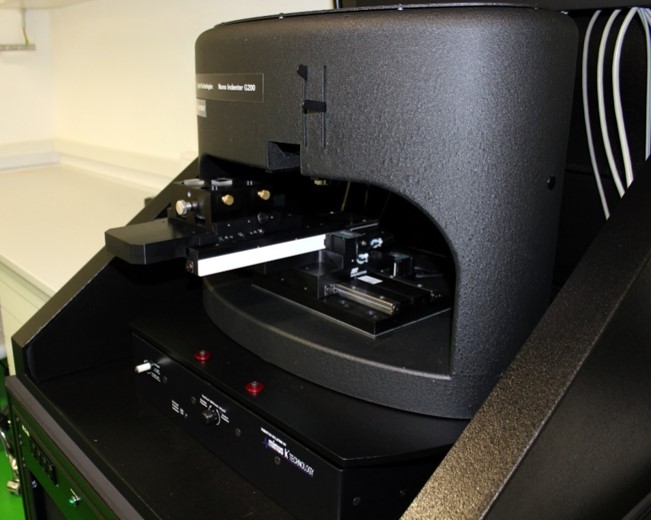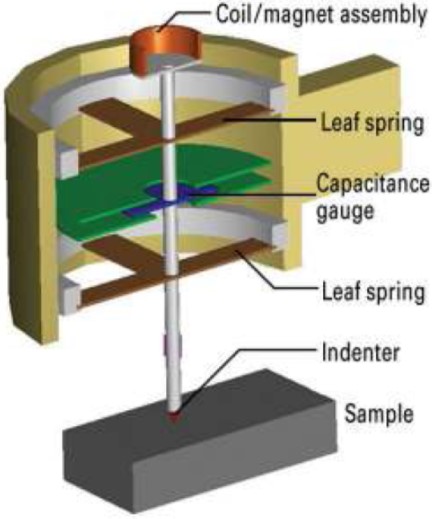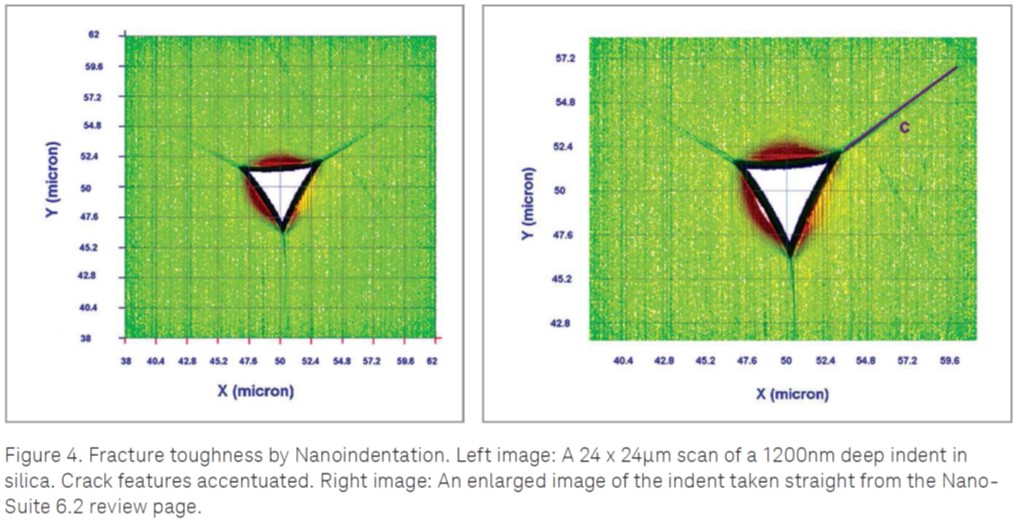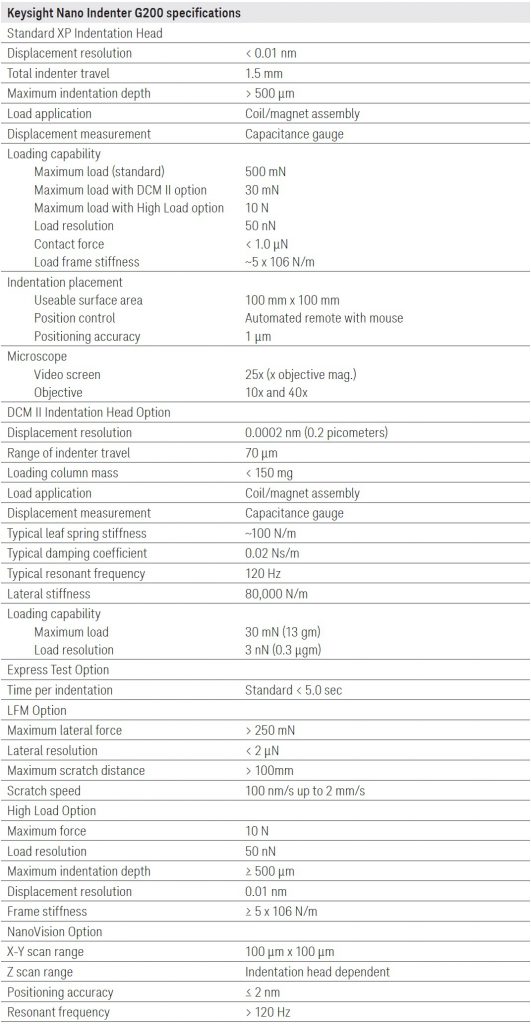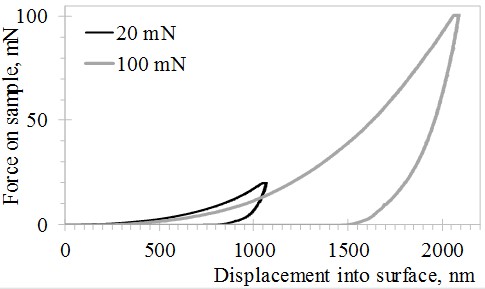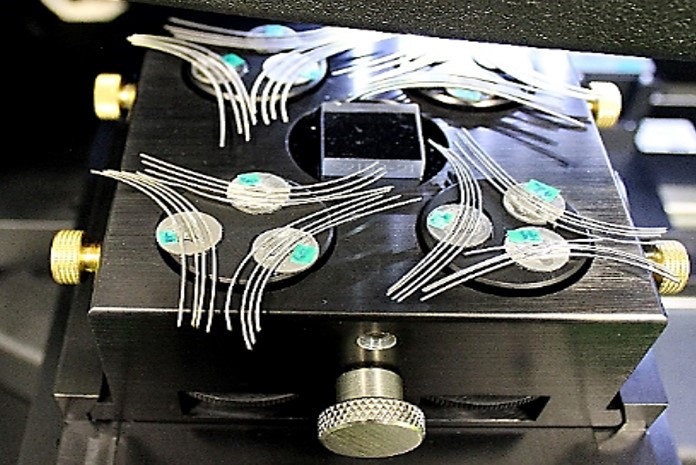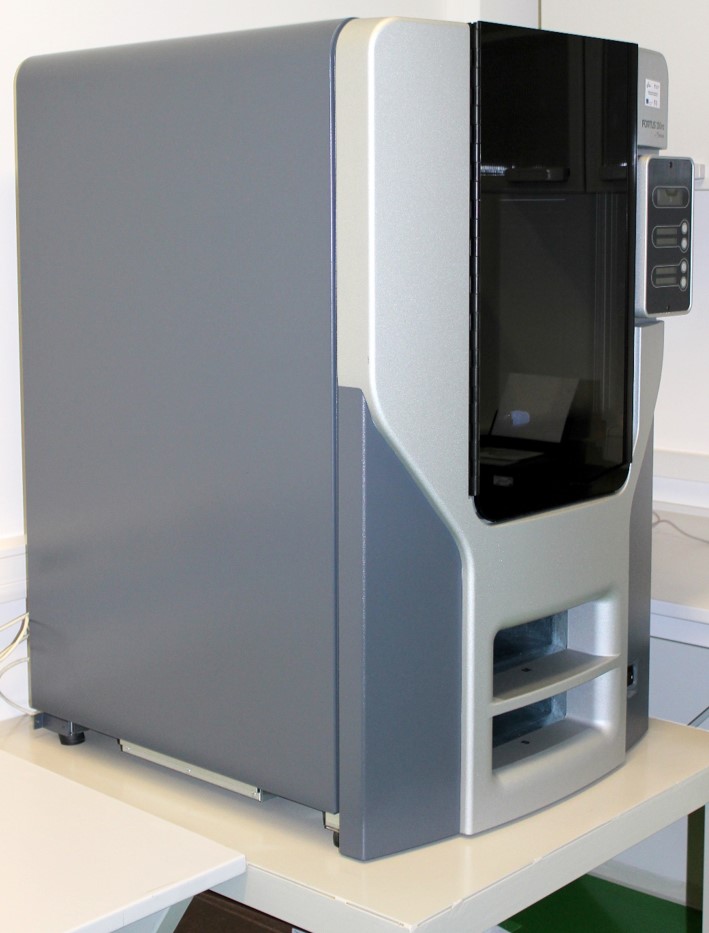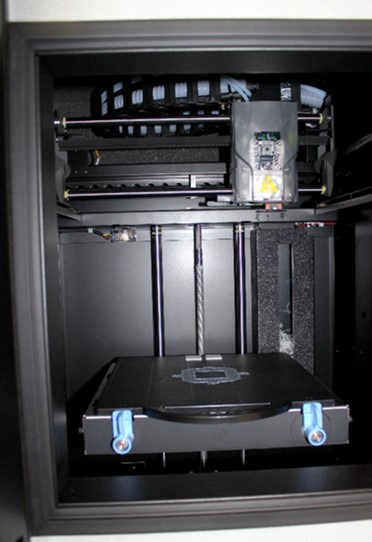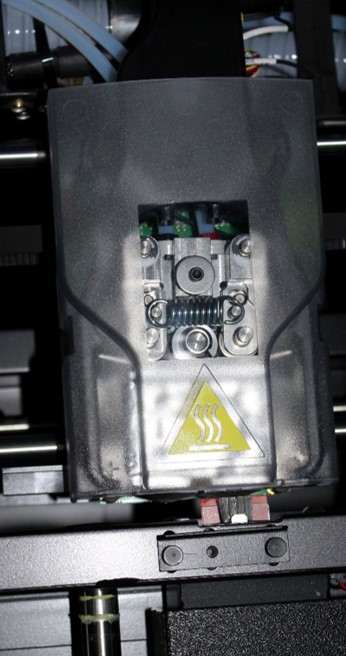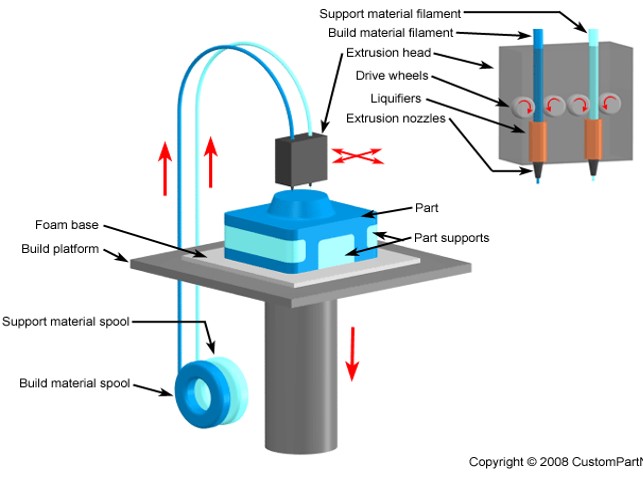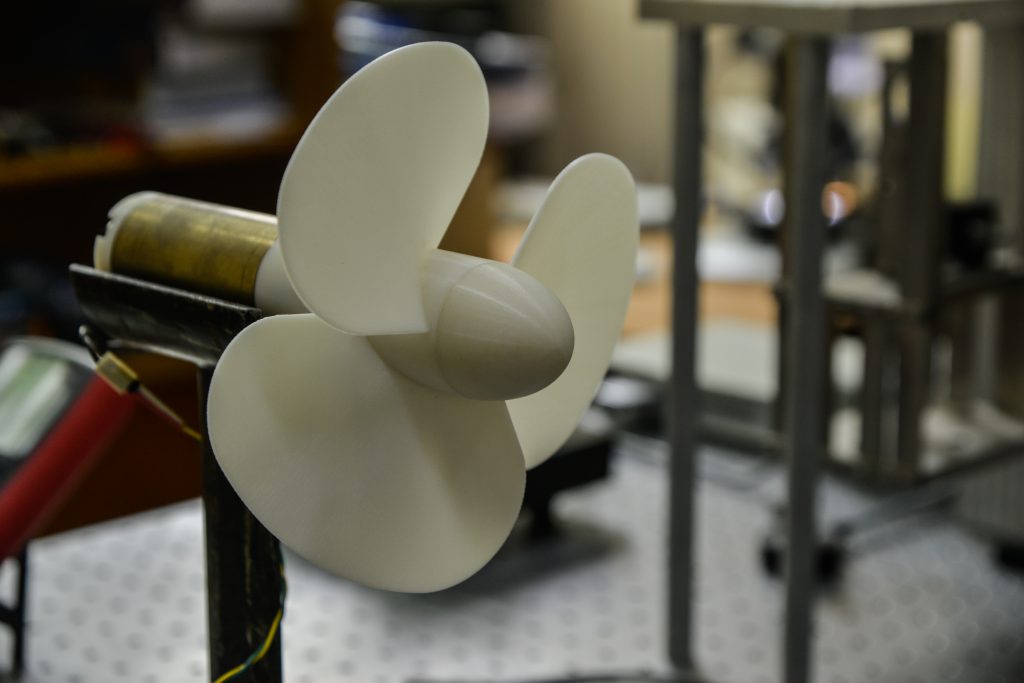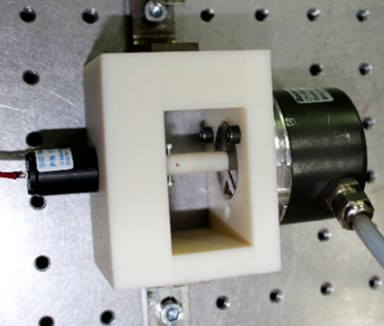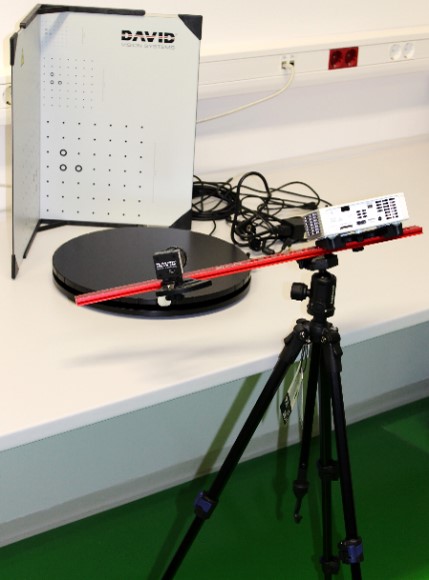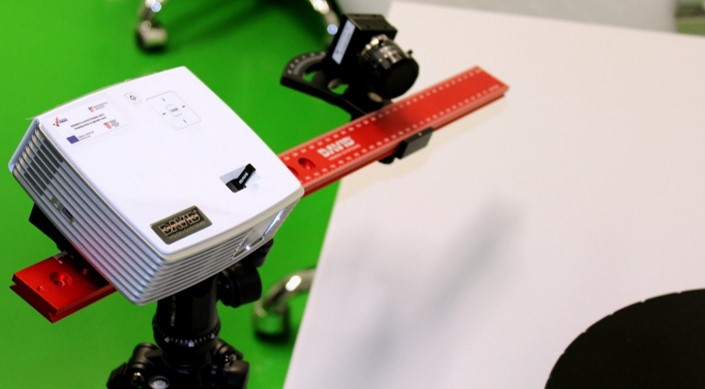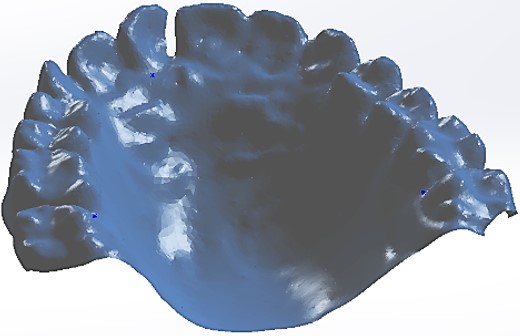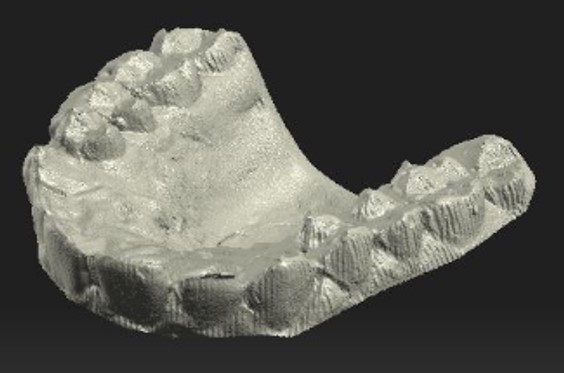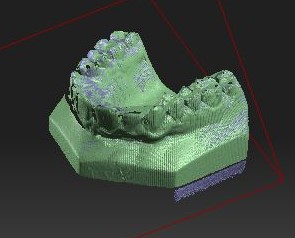On initiative of Professor Saša Zelenika, and in the framework of the events marking the 45th anniversary of the University of Rijeka, the event “Rijeka of Technologies” was held from September 26th to 28th, 2018. The event was synergistically organized by the constituents of the University of Rijeka that are home to more than 5,000 students: the Faculties of Engineering, of Civil Engineering and of Maritime Studies, the Department of Physics and the Centre for Micro- and Nanosciences and Technologies, as well as the Technical School, the Association of Technical Culture, the Youth House and the Academic Astronomical Society in Rijeka.
The aim of the Rijeka of Technologies event was to promote and broaden the educative and scientific activities carried on in the fields of technical and natural sciences. During the event, the scientists have hence presented in public spaces their work, while the citizens had occasion to get acquainted with state-of-the-art technological achievements in Rijeka that generate societal progress and the enhancement of life conditions, but also create positive economic impacts and have been and still are an important part of the lives, the identity and the prosperity of the city and the citizens of Rijeka. Instead of brain drain, these activities generate hence added value, revenues and employment of talents in Croatia. Indeed, most of the senior students of the technical faculties in Rijeka already participate in some form of active work, while the data of the Croatian Bureau of Employment clearly indicate that the high-school and university graduates of these professions are wanted and regularly find employment very soon after graduation. Throughout the interesting and comprehensive three-day program of the event, the broad public had thus occasion to witness how the hard, devoted and, often, team work of teachers and young scientists brings about impressive results and contributes to the development of an advanced and economically prosperous society. Especially noted during the event were the lectures of Zoran Vakula, head meteorologist of Croatian television, and Korado Korlević, astronomer and scientific enthusiast from Višnjan, but also the round table “STEM education: current state and perspectives” and the excellent short presentations of the young scientists from the involved constituents of the University.
Na inicijativu prof. dr. sc. Saše Zelenike, a u okviru obilježavanja 45. obljetnice Sveučilišta u Rijeci, od 26. do 28. rujna 2018. održana je manifestacija „Rijeka tehnologije“. Manifestaciju su sinergijski organizirale sastavnice Sveučilišta u Rijeci na kojima studira više od 5.000 studenata: Tehnički, Građevinski i Pomorski fakultet, Odjel za fiziku i Centar za mikro- i nanoznanosti i tehnologije, te Tehnička škola, Zajednica tehničke kulture, Dom mladih i Akademsko astronomsko društvo iz Rijeke.
Cilj Rijeke tehnologije je promocija i popularizacija obrazovanja i znanosti na područjima tehničkih i prirodnih znanosti. Tijekom manifestacije su znanstvenici u javnim prostorima govorili o svome radu, dok su građani imati priliku upoznati se s riječkim modernim tehnološkim postignućima koja dovode do napretka društva te poboljšanja životnih uvjeta, ali stvaraju i značajne ekonomske učinke, te su bile i jesu važan dio života, identiteta i blagostanja Rijeke i Riječana. Umjesto odljeva mozgova, one generiraju dodanu vrijednost, prihode i zapošljavanje talenata u RH. Doista, većina studenata riječkih fakulteta tehničke struke već na zadnjim godina studija radi, a podaci Hrvatskog zavoda za zapošljavanje jasno pokazuju da su maturanti i diplomanti ovih struka jako traženi i u pravilu se odmah zapošljavaju. Kroz zanimljiv i sveobuhvatan program manifestacije kroz čak tri dana je tako javnost imala prilike vidjeti kako ustrajan, predan i, često, timski rad edukatora te mladih znanstvenika dovodi do impresivnih rezultata i razvoja naprednog te gospodarski prosperitetnog društva. Posebno su zapažena tijekom manifestacije bila predavanja Zorana Vakule, glavnog meteorologa HRT-a, te Korada Korlevića, astronoma i popularizatora znanosti iz Višnjana, ali i održana tribina „STEM obrazovanje: stanje i perspektive“ te izvanredne kratke prezentacije mladih znanstvenika s involviranih sastavnica Sveučilišta.
